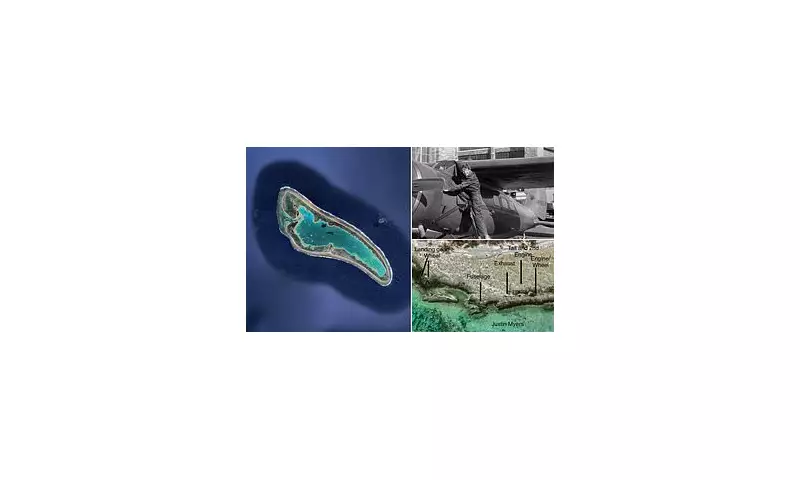
One of aviation's most enduring mysteries may finally be solved as a team of deep-sea explorers claims to have found what appears to be Amelia Earhart's missing aircraft. The pioneering aviator disappeared in 1937 during her attempt to circumnavigate the globe, sparking decades of speculation and numerous unsuccessful search missions.
Potential Breakthrough in 87-Year-Old Mystery
New sonar images captured by Deep Sea Vision, a marine robotics company, reveal an aircraft-shaped object resting on the Pacific Ocean floor near Howland Island. This location aligns with the last known flight path of Earhart's Lockheed Electra 10E.
Tony Romeo, CEO of Deep Sea Vision and former US Air Force intelligence officer, stated: "We've identified an anomaly that matches the dimensions and distinctive features of Earhart's aircraft. While we need further verification, this could be the most promising lead in nearly a century."
The Search That Changed History
The discovery comes after an extensive $11 million search operation covering 5,200 square miles of ocean floor. The team employed advanced autonomous underwater vehicles (AUVs) equipped with high-resolution sonar technology capable of detecting objects as small as a coffee cup at depths of 5,000 metres.
- 1937: Earhart and navigator Fred Noonan disappear during Pacific leg of world flight
- Multiple search efforts over decades yielded no conclusive evidence
- New technology enables deeper, more precise ocean floor mapping
What the Images Reveal
The sonar data shows an object approximately the same size as Earhart's 38-foot wingspan aircraft. Experts note the apparent absence of the plane's distinctive twin engines, which could indicate they separated upon impact with the water.
Marine archaeologist Dr. James Delgado commented: "The shape and size are compelling, but we need physical examination to confirm. The Pacific's harsh environment can distort sonar images and create false positives."
Next Steps in the Investigation
The discovery team plans to return to the site with remotely operated vehicles (ROVs) equipped with cameras to capture clearer images. If confirmed, this would represent one of the most significant archaeological finds in aviation history.
- High-resolution photographic survey of the site
- Potential recovery of identifiable aircraft components
- Forensic analysis to confirm the wreckage's origin
While the aviation community remains cautiously optimistic, many experts agree this discovery could finally provide closure to one of the 20th century's greatest unsolved mysteries.




